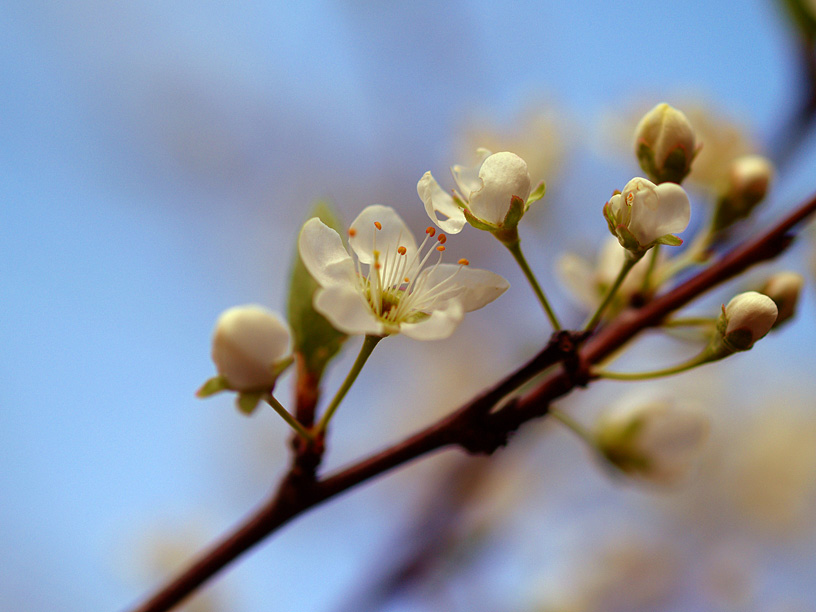| CFAN March/April 2013 Web Exclusive Feature |
If there’s one thing that peach growers worry about it, it’s something that Central Floridians don’t think about much: a cold spell.
“Frost is the biggest concern,” says Mercy A. Olmstead, who works with a lot growers at the UF/IFAS Horticultural Sciences. She also works quite extensively with many of the Florida peach growers, and has recently visited them to see how the 2013 season is going so far. And the early verdict is: quite satisfactory.[emember_protected custom_msg=”Click here and register now to read the rest of the article!”]
Even though peaches used to be grown in colder climates like Georgia and South Carolina in order for the peach tree to break dormancy, today the University of Florida has helped growers plant a variety of “low- to moderate-chill” peach trees that grow well in the Sunshine State, from the Flordacrest to Tropicbeauty.
In Florida, peach season is from March 15 to May 31, and while that is not a long season, it’s one that faces considerable risk, according to Olmstead, the stone fruit research and extension program specialist at UF. That risk is frost.
“It depends on where you are,” she says. “I would say Central Florida has had to do more frost protections than other parts of the state.” So far, though, peach growers in the state appear to be poised for what is expected to be a highly successful 2013 growing season, she observes.
“Many of the growers down south have had a good season so far,” she says. “If you go into the areas south of Dundee and into southwest Central Florida, like Arcadia and Punta Gorda (which is most of the orchids I’ve visited thus far), they are starting to harvest. The growers are pretty happy.”
And part of that, she adds, has been due to the weather. While Florida isn’t known for the kind of cold temperatures that northern states get, several days below freezing are not totally uncommon—and can be devastating for peach growers.
“That’s what it comes down to—no freezes,” She states. “We have ideal weather here in Florida for an early season, so that’s why we have growers producing other crops like blueberries and strawberries here. As long as we can protect them from some of the early spring frost, then we’re able to create a great product.” And a popular one, she adds.
“They taste great,” she says. “They probably run a little smaller than the California peaches, but they have a longer season so they are able to get a bigger size. We don’t have a lengthy season here.” Just the same, consumers appreciate what they get, she points out.
“Usually, I would say it’s the third to fourth week of March when we have the large influx of peaches,” she says. “The growers down south are harvesting a small first crop because peaches don’t bloom all the time. But we’ve had an extended bloom period this year.”
Outside of a possible frost, growers are not worried about other threats to the crops this year, such as insects, Olmstead says. “Nothing that is out of the ordinary,” she states. “We routinely would protect the peaches from disease like peach scab, and the growers have been on guard for that. It’s not been a worry.”
CREDIT
story by MICHAEL FREEMAN[/emember_protected]

